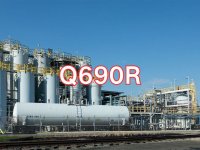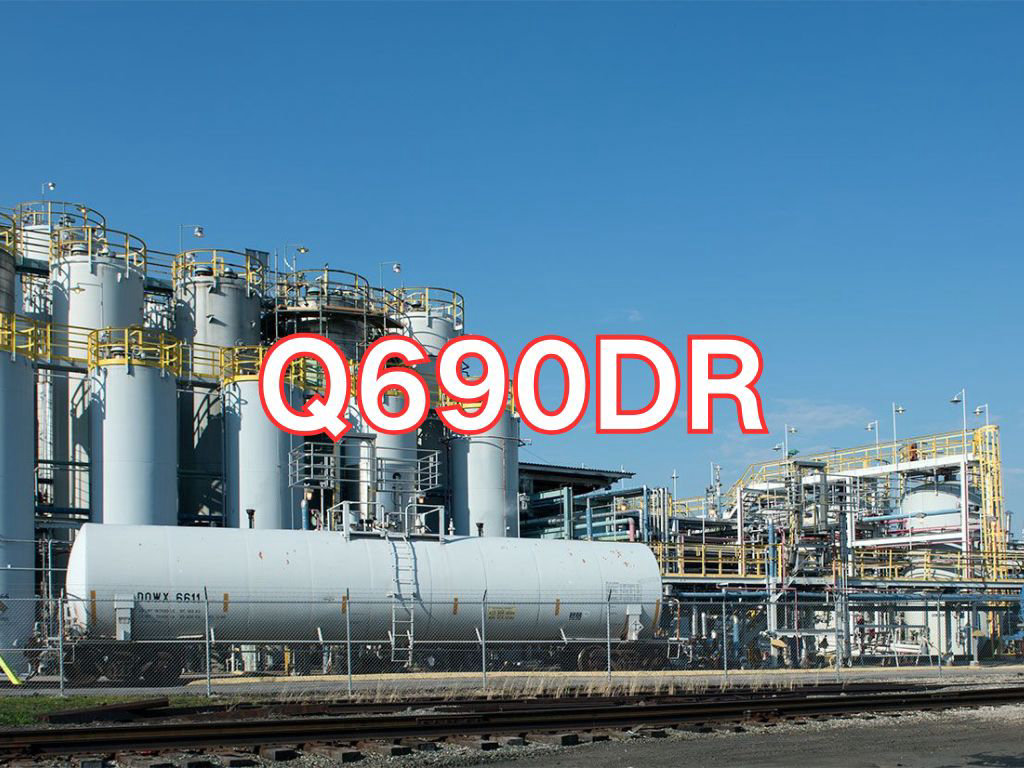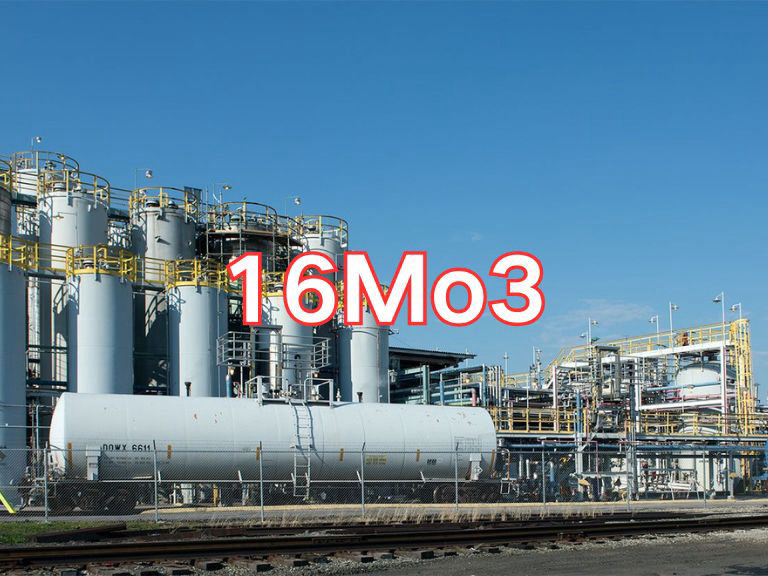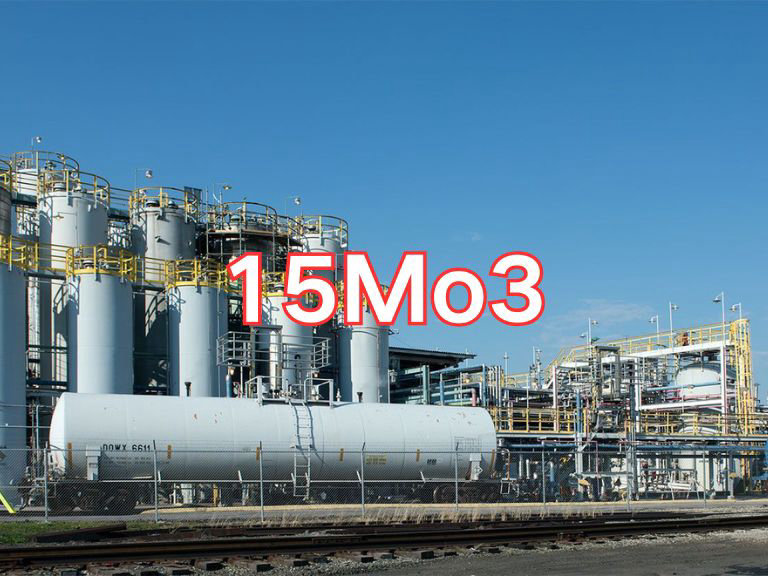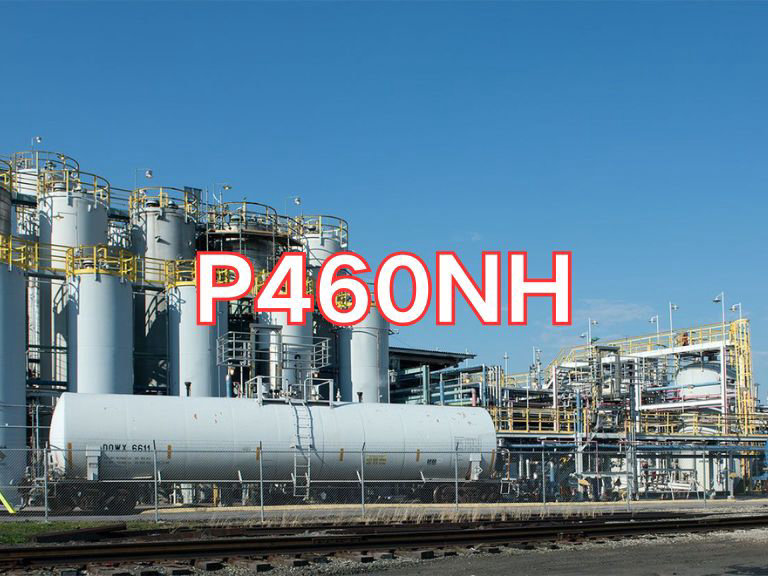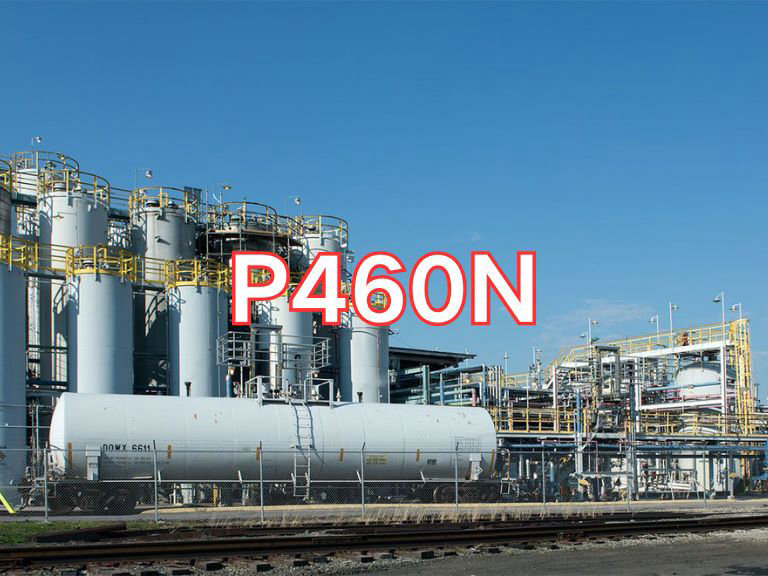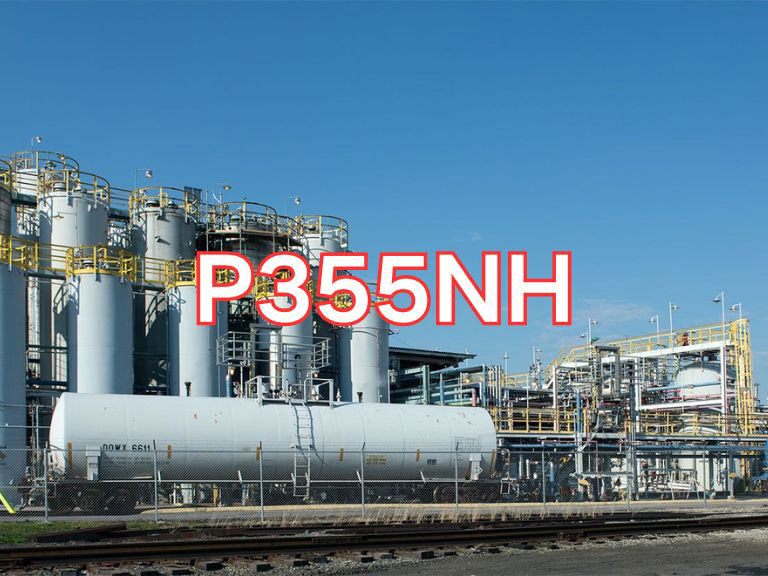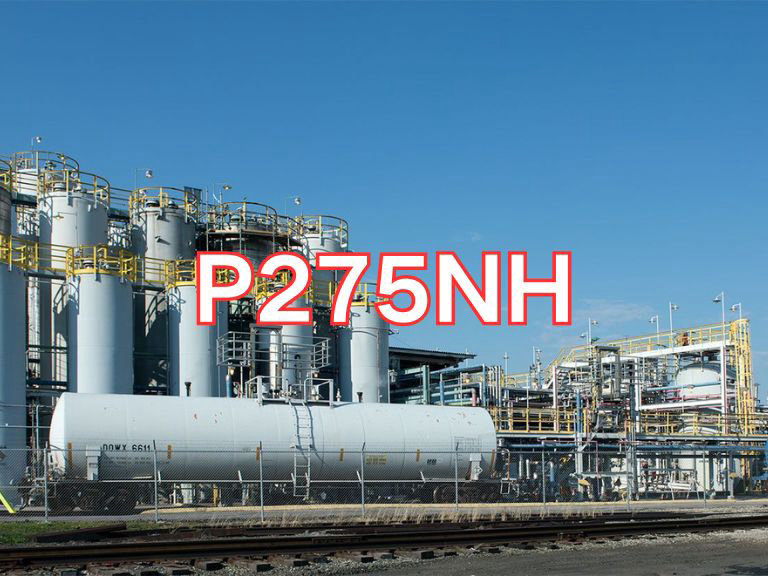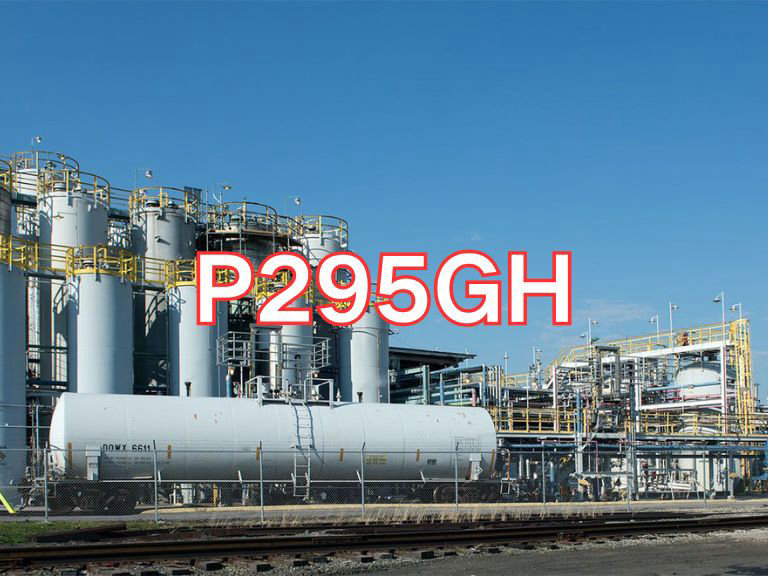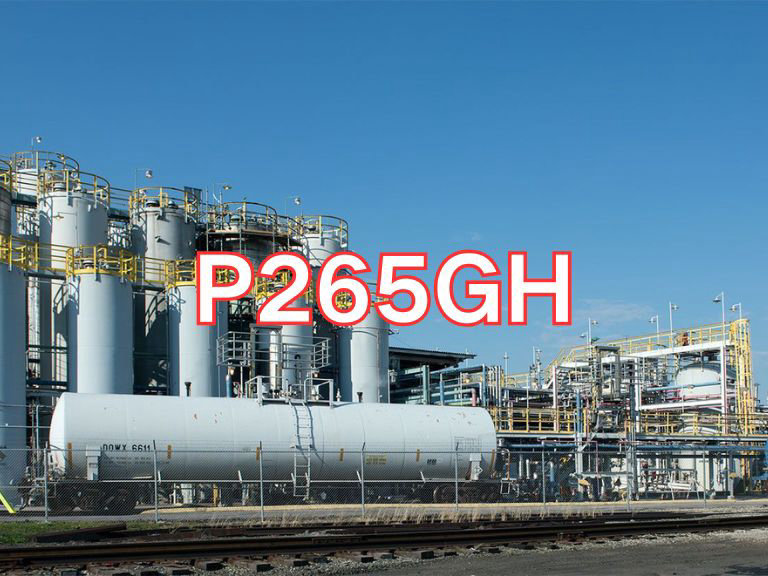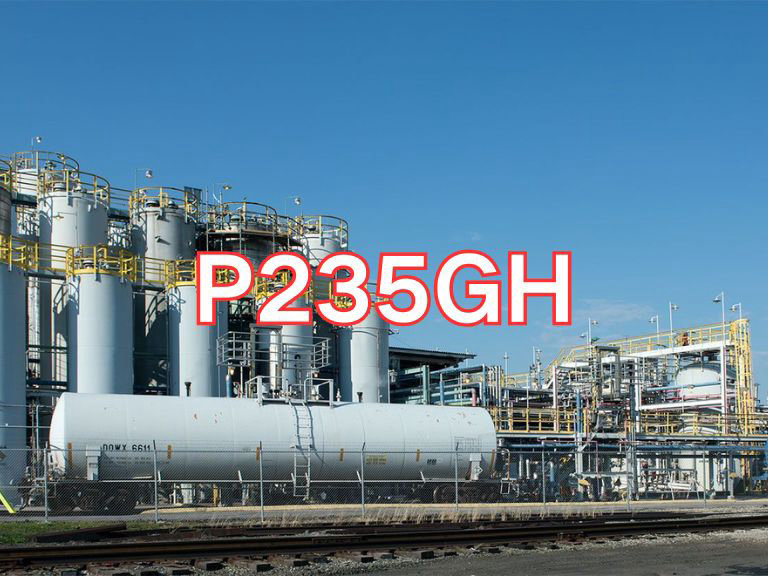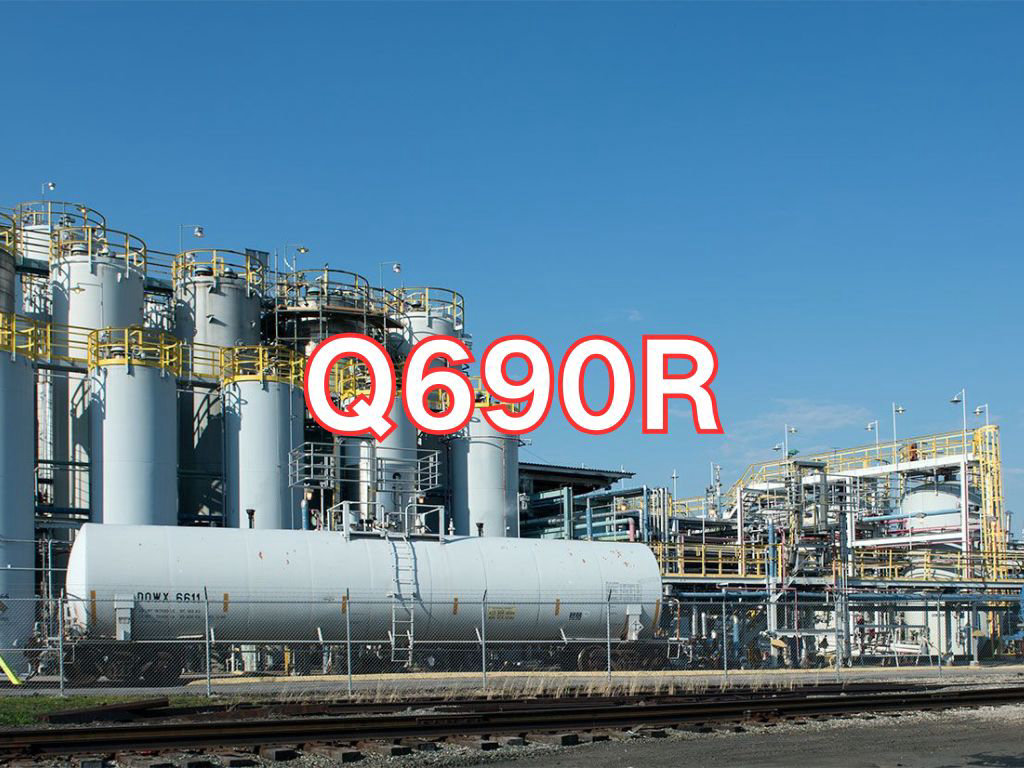

Q690DR
Q690DR offers superior low-temperature toughness, maintaining good impact performance at -40°C, making it suitable for high-pressure vessels in cold regions or low-temperature service conditions. Its chemical composition and manufacturing process are more strictly controlled, ensuring excellent weldability and resistance to brittle fracture even at high strength levels. It is especially used in applications with extremely high safety requirements, such as liquefied natural gas storage tanks and polar equipment.
The general description of the Q690R series is given as the following:
Q690R is a high-strength, low-alloy steel plate for pressure vessels, quenched and tempered for enhanced performance. The "Q" stands for "Yield Strength," "690" indicates a minimum yield strength of 690 MPa, and the suffix "R" (from the pinyin "Rong," meaning container) denotes its application in boilers and pressure vessels. Thus, Q690R is specifically designed for high-load and complex stress conditions.
It is primarily used in manufacturing large-scale, high-pressure equipment such as hydrogenation reactors, coal gasification furnaces, high-pressure gas storage tanks, hydrogen storage vessels, and offshore engineering structures. Its exceptional strength allows significant weight reduction while ensuring structural safety and improved load efficiency, making it ideal for advanced equipment with stringent performance requirements.
Key features of Q690R include ultra-high strength, with minimum yield strength of 690 MPa and tensile strength ranging from 760 to 940 MPa; good low-temperature toughness, maintaining sufficient impact energy at 0°C or lower to prevent brittle fracture; excellent weldability, typically requiring preheating and specialized welding consumables; and uniform microstructure with reliable through-thickness properties. Produced in the quenched and tempered condition, it also exhibits high fatigue strength and improved resistance to stress corrosion cracking.
The current standard for Q690R is GB/T 713-2023 "Steel Plates for Boilers and Pressure Vessels." Released in 2023, this standard replaces GB/T 713-2014 and imposes stricter requirements on chemical composition, mechanical properties, technological performance, non-destructive testing, and delivery conditions. Q690R is typically supplied in the quenched and tempered condition, with thicknesses ranging from 8 mm to 100 mm, and must meet rigorous ultrasonic testing criteria. GB/T 713-2023 provides the authoritative basis for the design, production, and inspection of Q690R, ensuring its safe and reliable application in high-end pressure equipment.

Ultrasonic Testing (UT)
A key non-destructive testing technique that uses high-frequency sound waves to detect internal flaws in steel plates. The probe emits sound waves, which reflect when encountering defects such as cracks or inclusions. The receiver captures the echoes, enabling precise determination of defect location and size. With high sensitivity, strong penetration, and fast inspection speed, UT effectively ensures internal quality, widely used in the production of heavy plates, pressure vessel plates, and other high-end products to guarantee safety and reliability.

Magnetic Particle Testing (MT)
A common surface inspection method that magnetizes the workpiece, causing leakage magnetic fields at surface or near-surface defects like cracks or inclusions, which attract magnetic particles to form visible indications. Simple to operate and highly sensitive, MT is suitable for rapid inspection of surface and near-surface flaws in ferromagnetic materials, widely used for online or offline inspection of plate edges, ends, and welds, ensuring product quality and safety.

Penetrant Testing (PT)
A non-destructive method for detecting surface-breaking flaws. A penetrant liquid is applied to the cleaned steel surface, allowing it to seep into defects such as cracks or pores. After removing excess penetrant, a developer is applied, causing the trapped penetrant to bleed out and form visible indications. Simple and cost-effective, PT is suitable for inspecting surface defects in various non-porous materials, commonly used for welds, castings, and complex components, effectively ensuring surface quality of steel plates.

